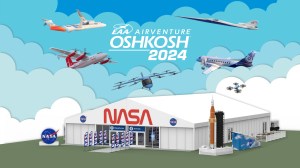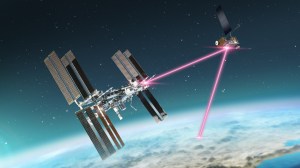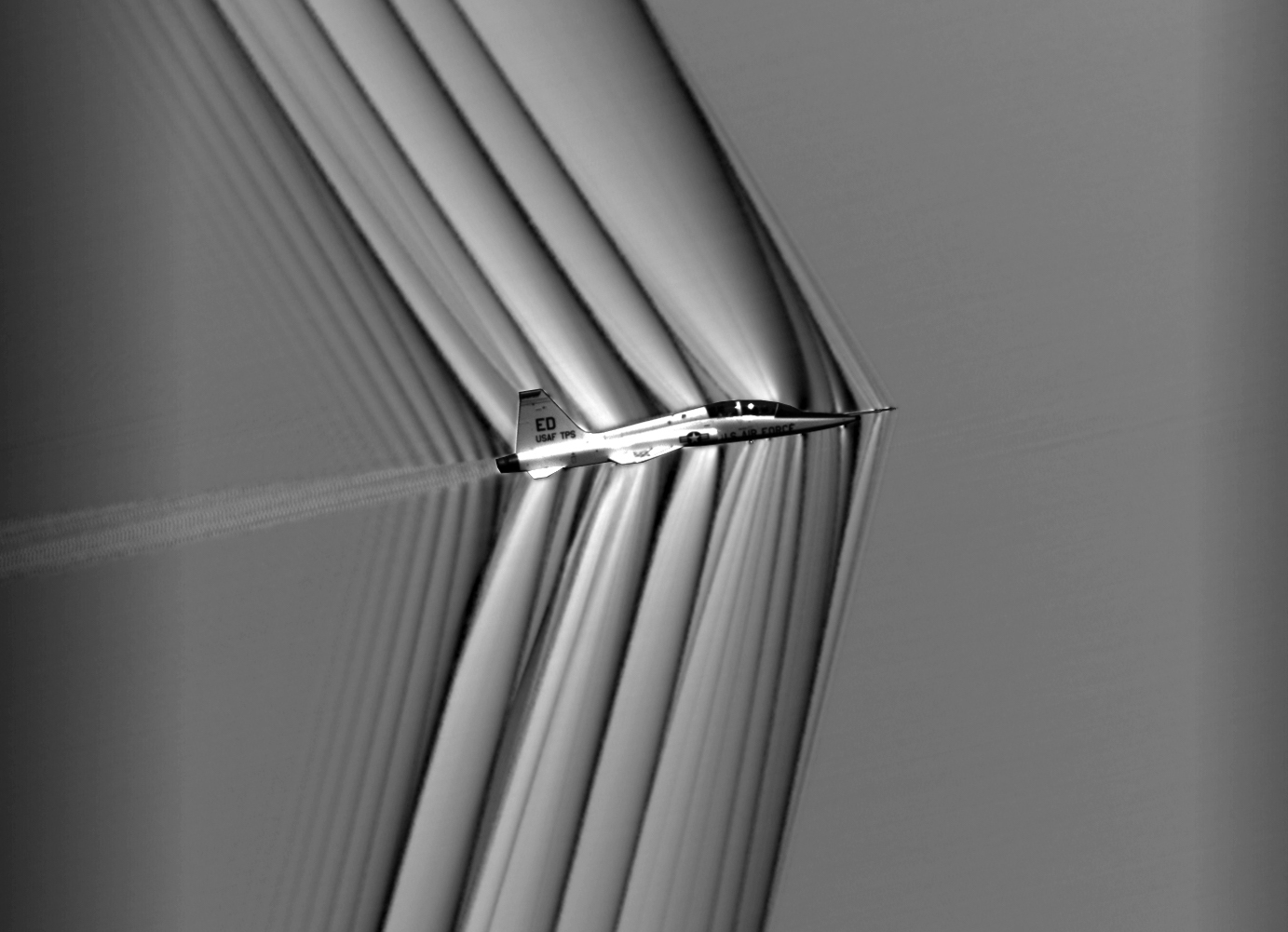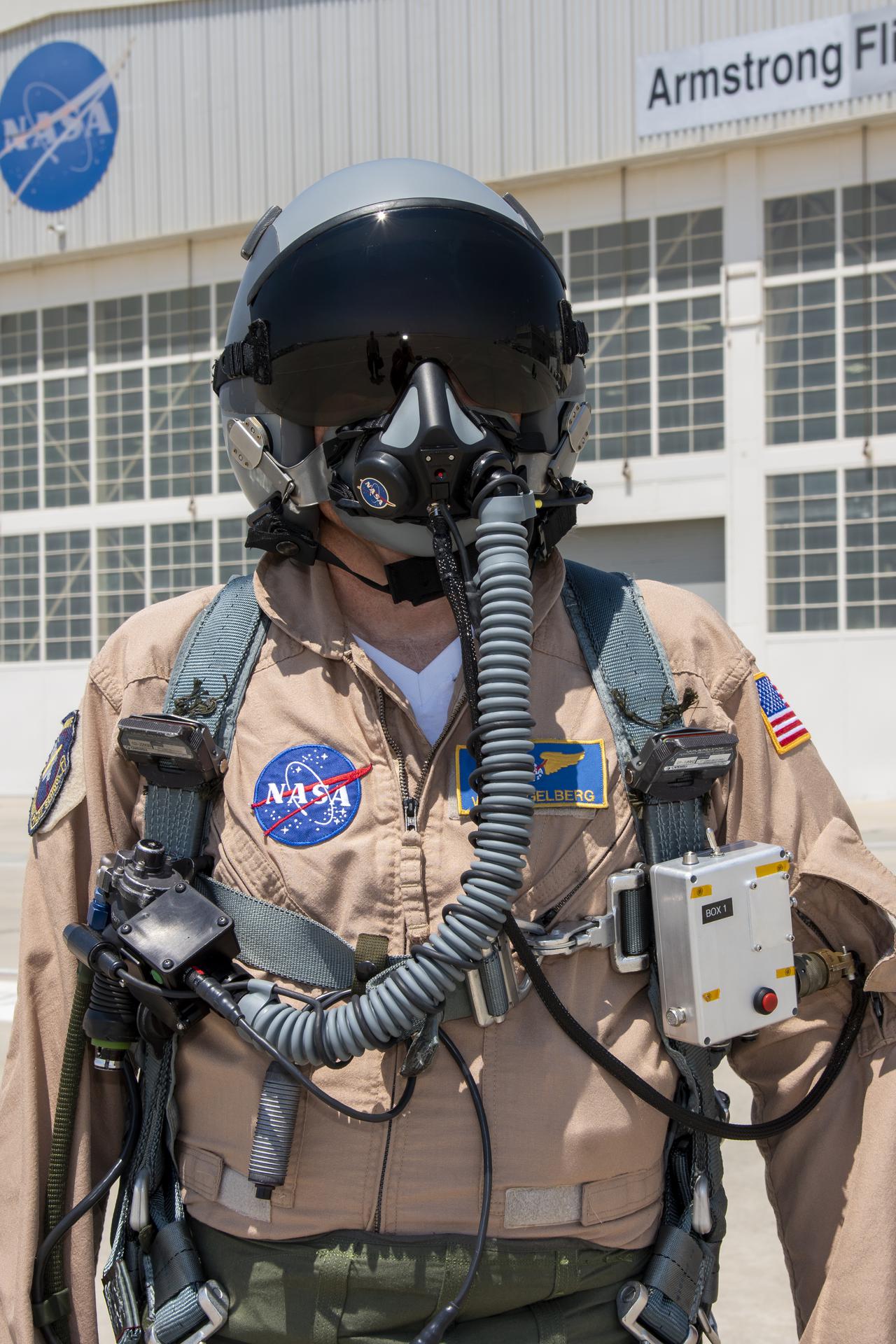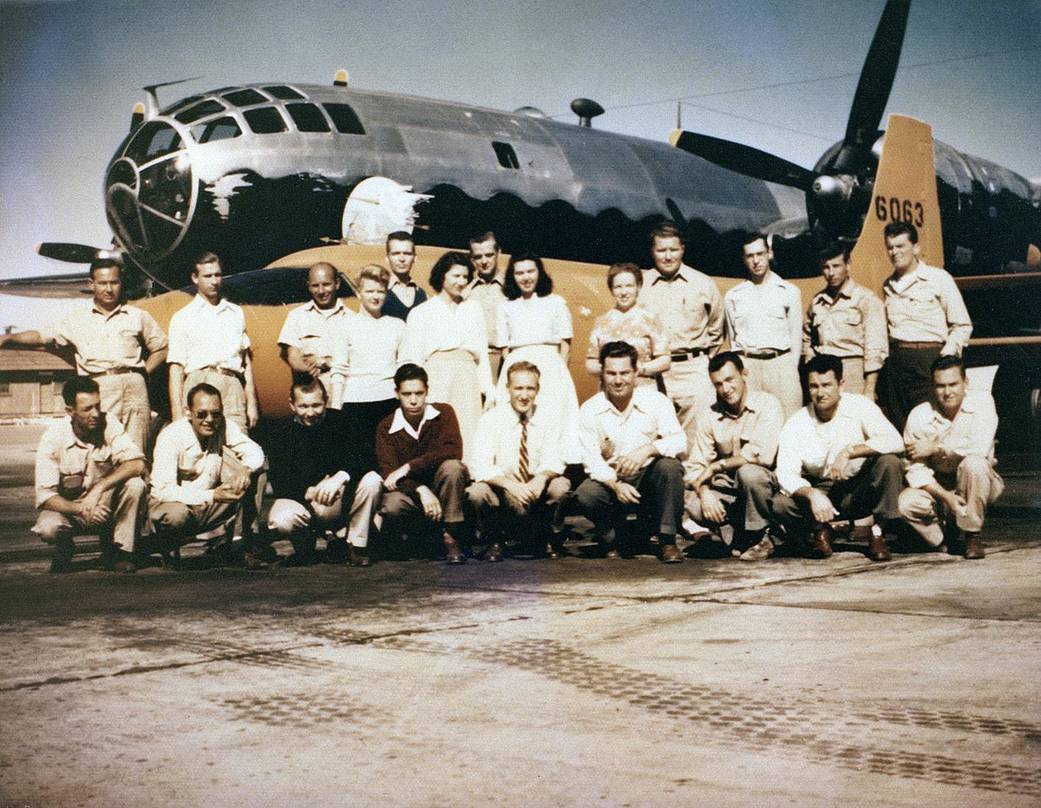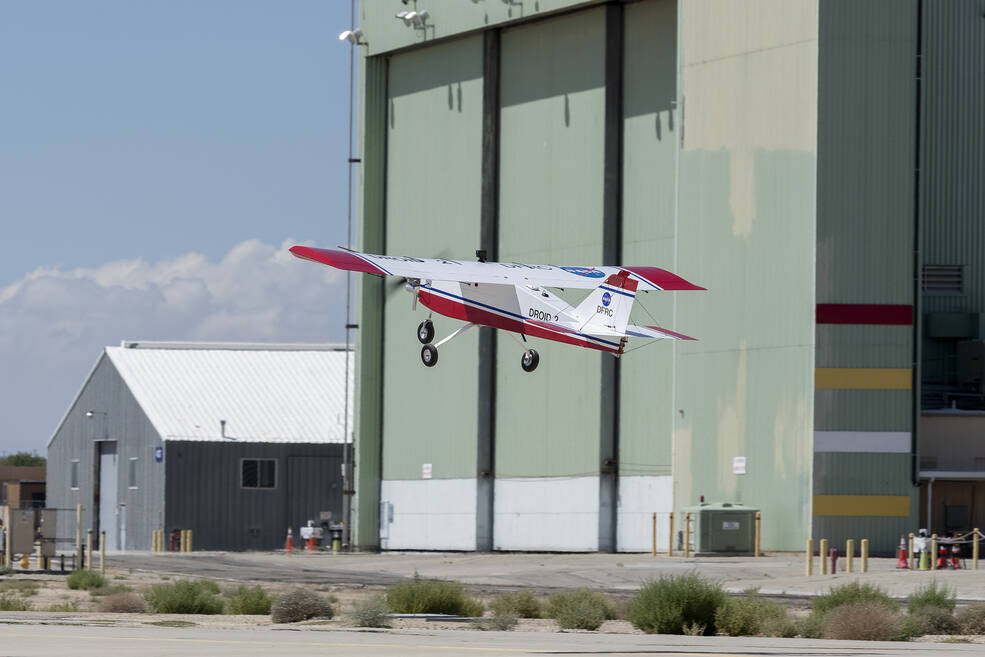
A NASA wind study aimed at enhancing air taxi safety on takeoff and landing is complete at NASA’s Armstrong Flight Research Center in Edwards, California.
The center’s Dryden Remotely Operated Integrated Drone (DROID 2), a fixed wing aircraft, Aug. 31 completed the last flights for the Advanced Exploration of Reliable Operation at Low Altitudes: Meteorology, Simulation and Technology campaign.
The aircraft acted as a wind sensor as part of NASA’s multifaceted, multi-center approach to fill knowledge gaps and resolve wind and weather unknowns that could hinder flights under the agency’s Advanced Air Mobility (AAM) mission.
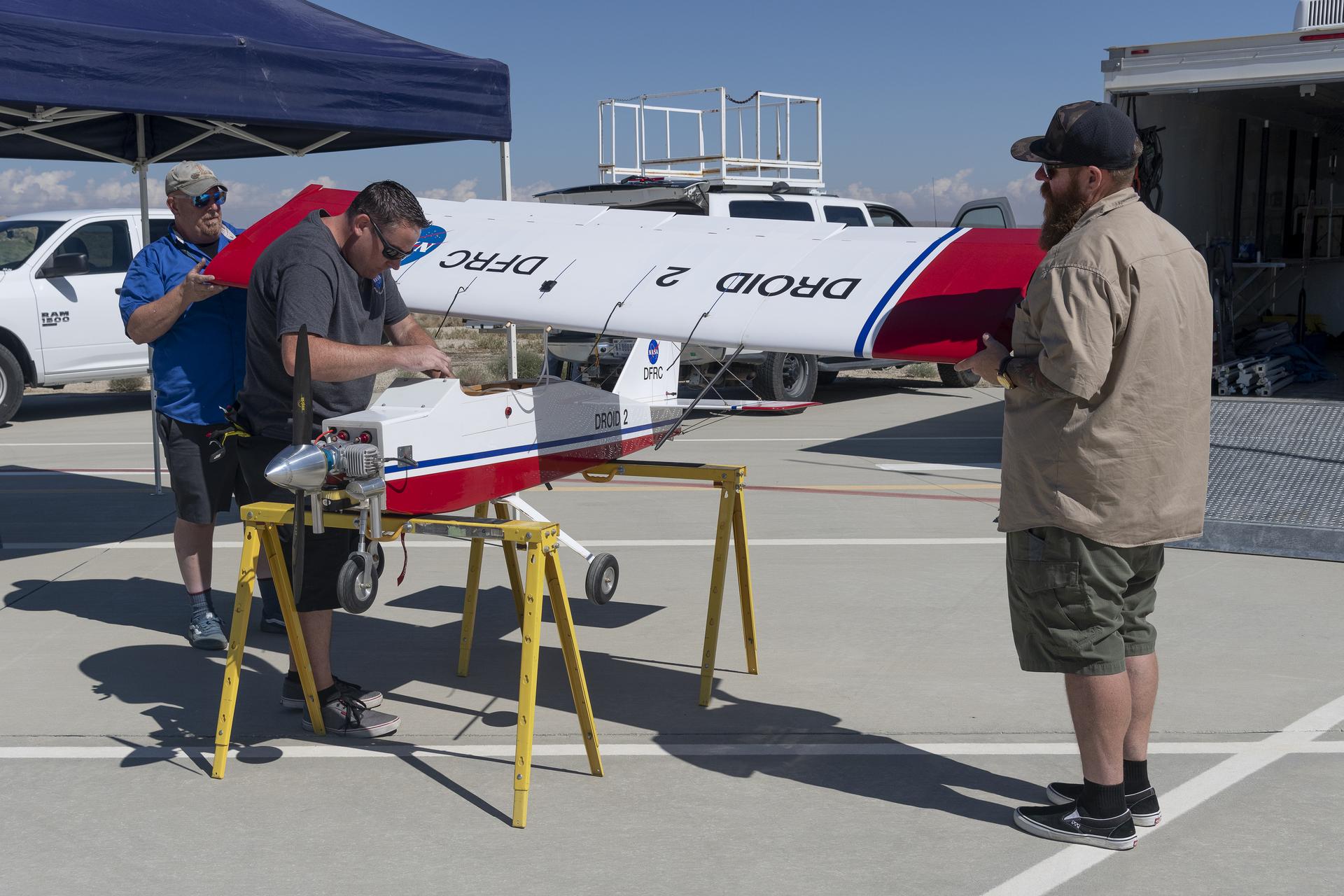
The remotely piloted DROID 2, with its 10-foot wingspan, flew repeated passes at different predetermined altitudes, said Justin Hall, one of the aircraft pilots.
“We are covering a large area with a lawn mower pattern,” Hall said. “We started flying high and worked our way down to the test altitudes. Once we were comfortable with the flight plan, we started at the lowest altitude and worked our way up.”
John Melton, one of four principal investigators for the project, is from NASA’s Ames Research Center in California’s Silicon Valley, where he guides the modeling efforts that will use the wind data.
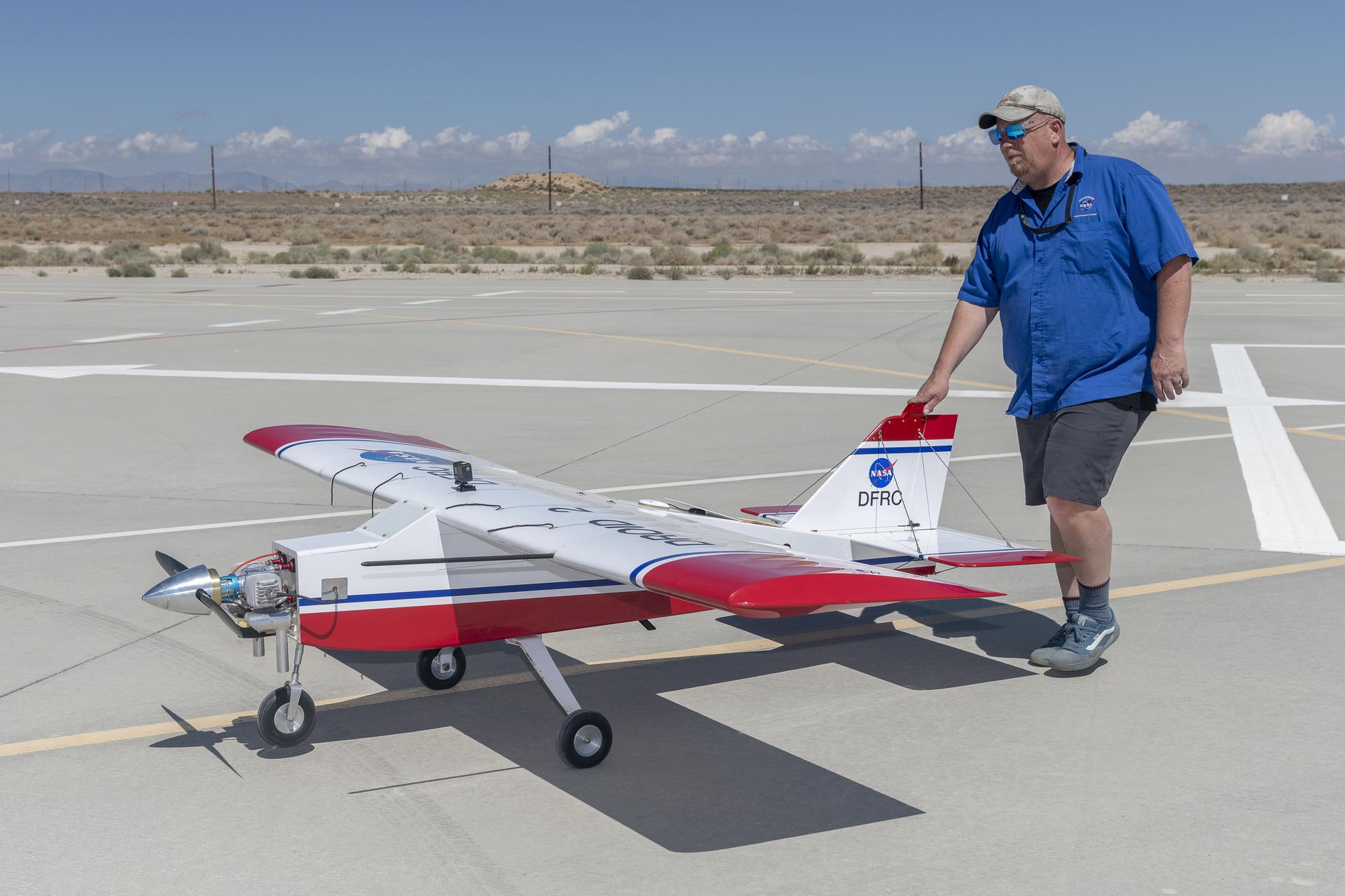
“The data will be used to create digital models and computer simulations of the winds in the test area including the effects of the terrain and many of the surrounding buildings,” Melton said. “The data collected here at Armstrong will help us to improve our ability to replicate the low altitude winds with both our computer simulations and our experimental water and wind tunnel facilities.”
The data gathered at NASA Armstrong also will be used for training novel machine learning models that have shown promise for making rapid and accurate estimations of the winds in vehicle landing zones that might be impacted by nearby buildings.
The combination of data from the aircraft and the array of ground instruments will also be used to develop new onboard processes that allow the vehicles to act as high-precision wind sensors and to share that data with other nearby vehicles.
The wind campaign is part of NASA’s Convergent Aeronautics Solutions project under its Transformative Aeronautics Concepts Program, which invests in ideas that lead to solutions for aviation and that impact safety, environmental and community impact, and the global growth in air traffic.
More photos are here.



























